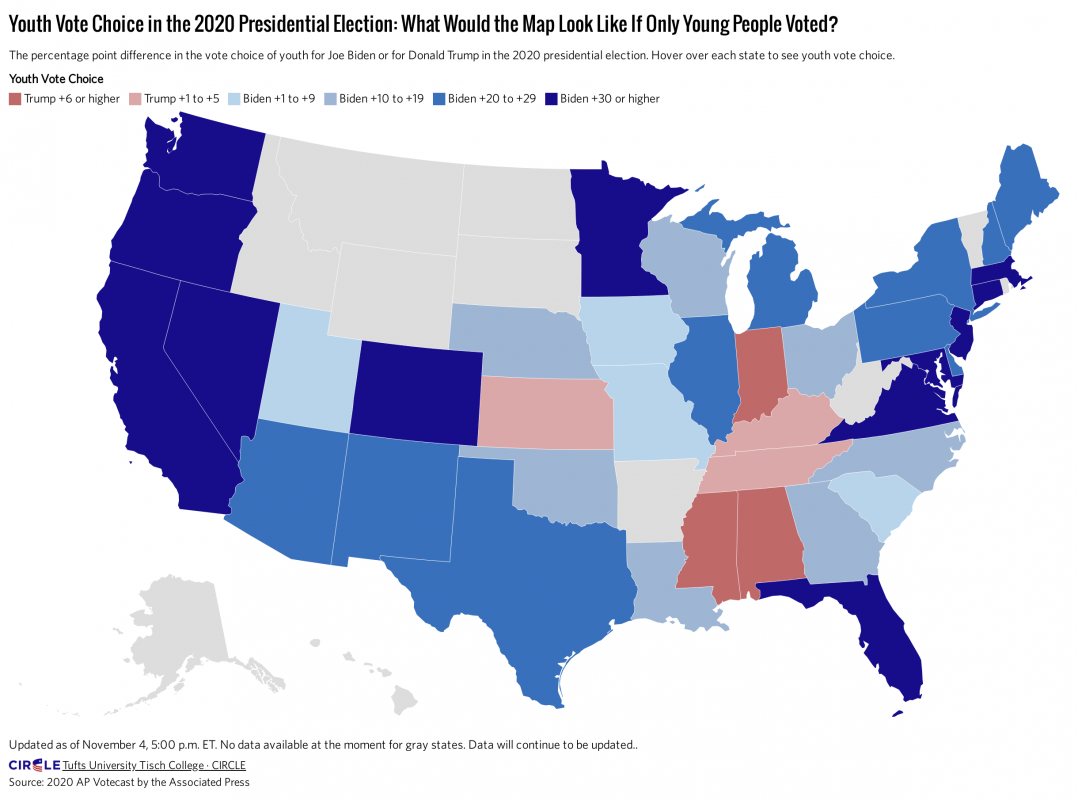One of the many structural problems that prevents America from experiencing genuine democratic accountability is gerrymandering. Those of you who have been reading this blog for more than a few months will have encountered my frequent posts describing the multitude of ways that partisan redistricting–aka gerrymandering–distorts election results and operates to suppress citizen participation.
Over the years, the Supreme Court’s majority has declined to find partisan redistricting unconstitutional or even justiciable–piously labeling it a “political question.” One of the Court’s excuses was the unavailability of reliable tests to determine whether a vote margin was the result of a gerrymander or simply a reflection of majority sentiment. Even after tests were developed that proved their accuracy to the satisfaction of lower courts, the Supreme Court declined to rule against the practice, reinforcing the widespread conclusion that the Justices’ decisions were impelled more by ideology than an inability to determine whether gerrymandering had occurred.
Now, according to a fascinating article from Forbes, a group of middle-school children has demonstrated the ability to separate the wheat from the chaff–or in this case, the gerrymander from political enthusiasm.
The article began by noting that the practice of gerrymandering is used to “dilute the voting power of certain constituents, minorities, and other groups.” (In the felicitous phrase coined by Common Cause, gerrymandering is the process that allows legislators to choose their voters, rather than the other way around.)
As the subject of their science research project, three middle school students from Niskayuna, New York, decided to take on this serious issue. In their work, Kai Vernooy, James Lian, and Arin Khare devised a way to measure the amount of gerrymandering in each state and created a mathematical algorithm that could draw fair and balanced district boundaries. The results of the project were submitted to Broadcom MASTERS, the nation’s leading middle school STEM competition run by the Society for Science & the Public, where Vernooy, 14, won the Marconi/Samueli Award for Innovation and a $10,000 prize.
These middle schoolers, who are too young to vote, decided to use scientific research to solve the problem of identifying when a redistricting map was the product of a gerrymander. They came up with a method of identifying political communities and regions of like-minded voters, then grouped those communities together to form precincts.
Each precinct was adjusted to include a compact or circle-like shape, a similar population size and a similar partisanship ratio. The result was a simple representation of where groups of like-minded voters live in each state.
These precincts were then compared to actual voting districts within the state. The comparison shows the percentage of people that are in the precinct but not the district, therefore illuminating the number of people that the district fails to represent. Using this method, they were able to give each state a gerrymandering score.
The article included color-coded maps illustrating the process the middle-schoolers devised. It ended with the pious hope that “the right people” would take note.
The article should serve to remind us that there are solutions even to seemingly intractable structural problems. The disinclination of the Court and Congress to actually implement those solutions is a different kind of reminder.
That disinclination reminds us that the people who benefit from cheating are unlikely to be interested in stopping the practice.
Comments
